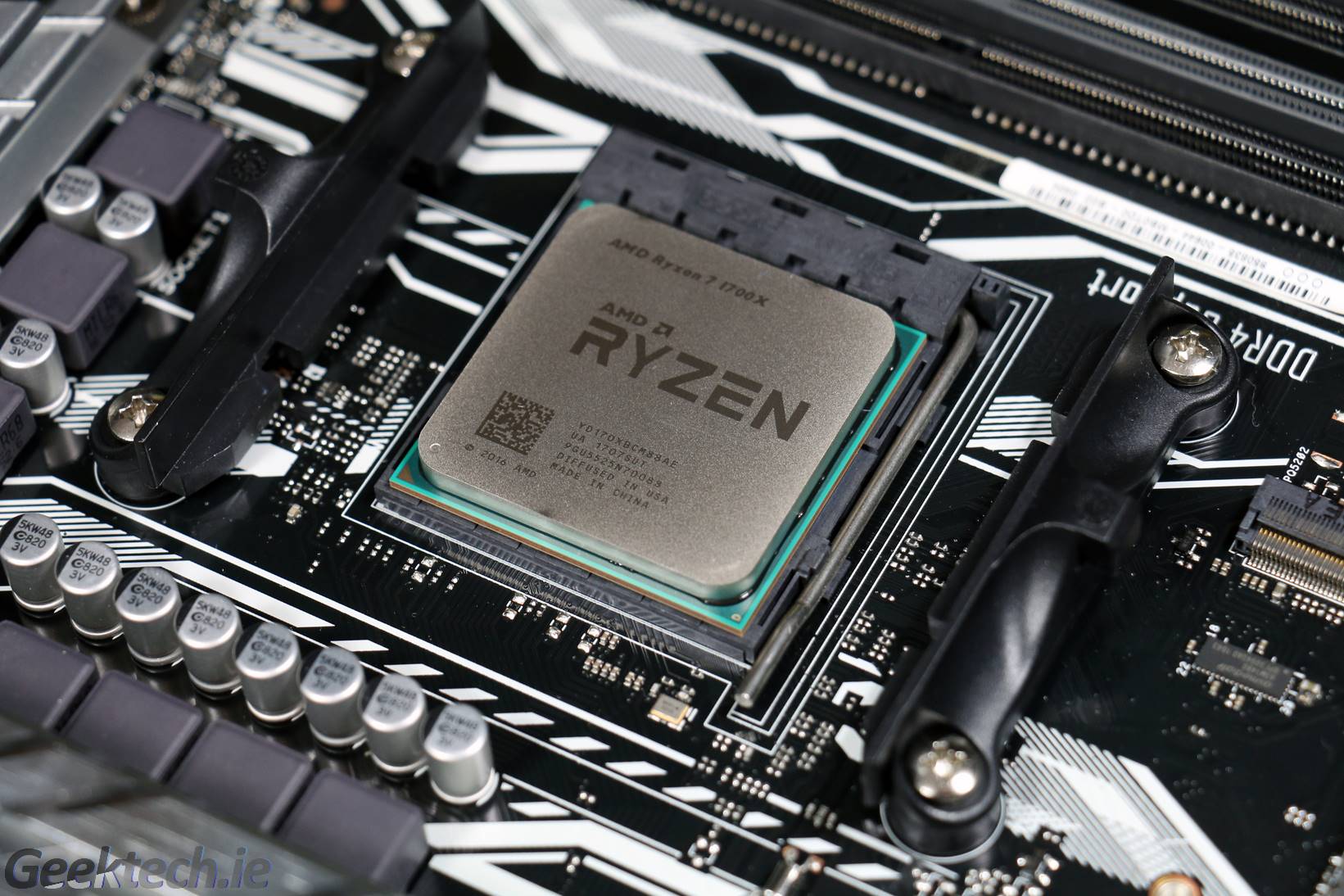Test Setup and Overclocking
Testing will be done using the aforementioned Asus Prime X370 Pro motherboard. As we mentioned on the previous page. Our best overclock for the 1700X was 3.9Ghz across all cores. That may not seem like much since our XFR was already hitting 3.9Ghz. However, having all of the cores running at 3.9Ghz can provide some decent performance gains as we will see throughout our benchmarks.
The RAM Story
RAM on the other hand is probably one of the things most users will find difficult to get running at their proper speeds, or even high speeds in general. Our RAM is rated for 3,000MHz, but sadly with our Asus board and 1700X CPU, the best we could get the system stable at was when running the RAM at 2,400MHz.
We have no doubt that will more mature UEFI in the near future, we will be able to get the RAM running much higher, but currently memory speed is an issue with AM4 boards; at least on the lower end X370 boards.
Stock
Overclocked
Test Setup
Asus Prime-X370-Pro AM4 Motherboard
AMD Ryzen 7 1700X and NH-D15S Heatsink
Corsair Vengence 3,000Mhz DDR4 RAM
Kingston v300 SSD
AMD R9 290X
Corsair AX100i
Temperatures
We noted previously regarding temperatures, and just won’t to mention again. The 1700X currently reports a +20-degree offset with CPU temperature. This was done by AMD in an effort to keep the FAN speed curve ahead of the CPU’s actual temperature. So while our load temperature of 85-degrees was report by the Ryzen utility program, the actual temperature was 20-degree lower..
Benchmarks
We have used the best and latest benchmark we had avaialble, and were unable to get a hold of Intel’s latest hardware in time for our coverage. We do hope to have better comparisons in the near future with the latest Intel hardware.
We know a lot of people held of upgrading to Kaby Lake to see the numbers from Ryzen first, and as such we have included 6700K results within our benchmarks.
4. Test Setup and Overclocking




